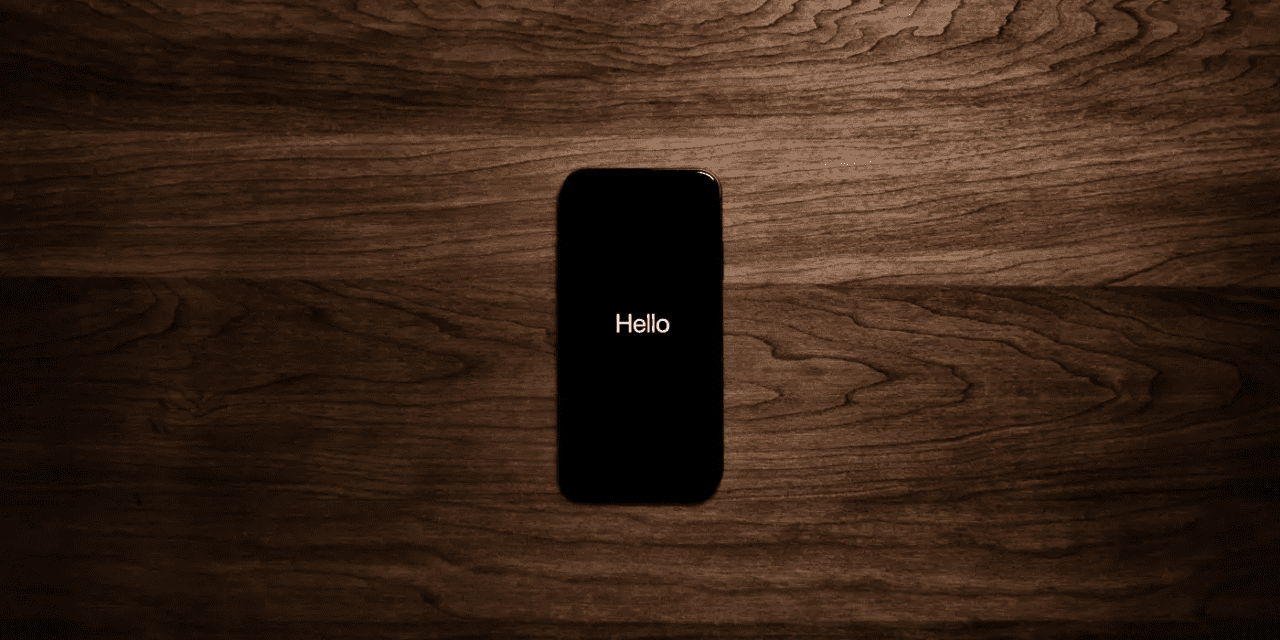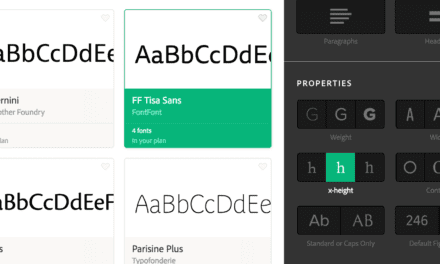ARTICLE SUMMARY: When it comes to design we are often called to focus on and solve visual problems. We are designers and that’s what we do, we solve problems.
The ideation process is different for every designer, but the goal is the same, communicate a lot with a little. It sounds fairly easy on the surface, but we know better.
“The storytelling power of simple design solutions” by Jon Robinson will help us achieve that simple solution that will fix our design problem while trying to make the complex simple. This article focuses on
- Achieving simplicity requires continuous review
- Eliminating complexities
- The Simplicity Index
The goal is to make designs simpler, easy to use and make the design feel familiar to the user in an effort to hold the users attention longer.
A classic example of this is the re-design of London’s Underground Map and how reducing the complexities in the design achieved a greater clarity and usability. Henry Charles Beck’s theory was simple, passengers only needed to know where to get on and where to get off. They didn’t care what was happening above ground; they just wanted to get from points A to B. The map has gone virtually unchanged — since its release in 1933.
The re-design of London’s Underground Map is a great example of “less is more.” As Antoine de Saint-Exupery once said “Perfection is achieved not when there is nothing more to add, but when there is nothing left to take away.”
Finally Jon Robinson reminds us that “Our goal, as designers, should always be to design something that is instantly understood or easily navigable, not leave the viewer or user with more questions.”
This article is well worth reading by young and old designers alike.
Let us know what you think in the comments.




